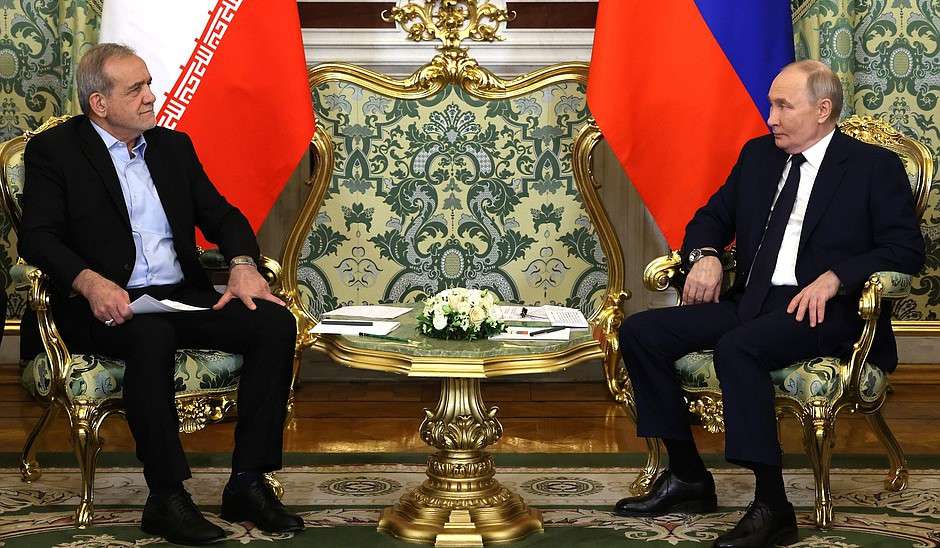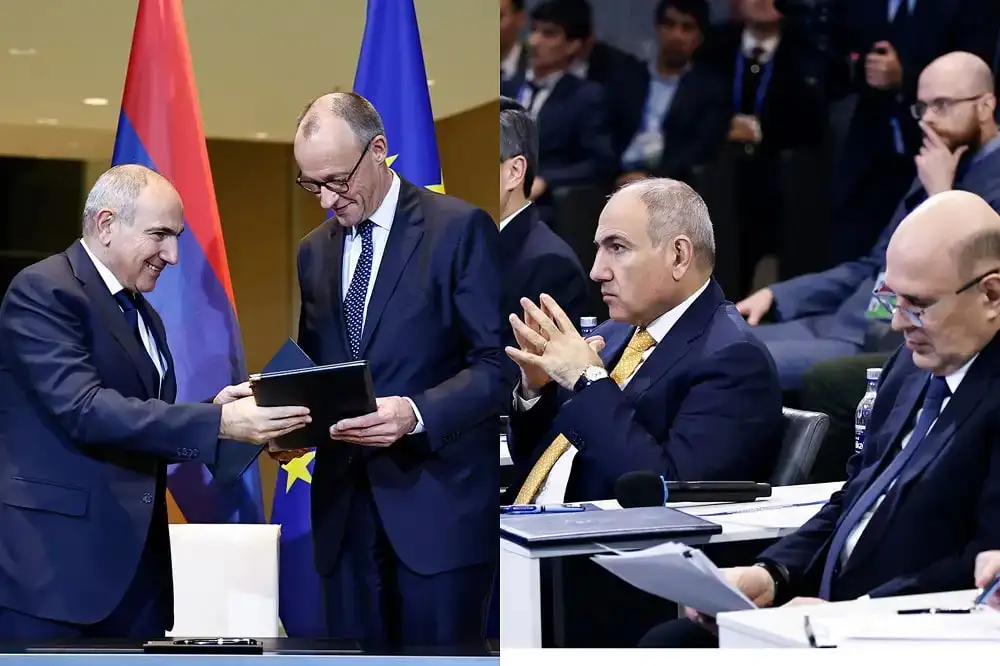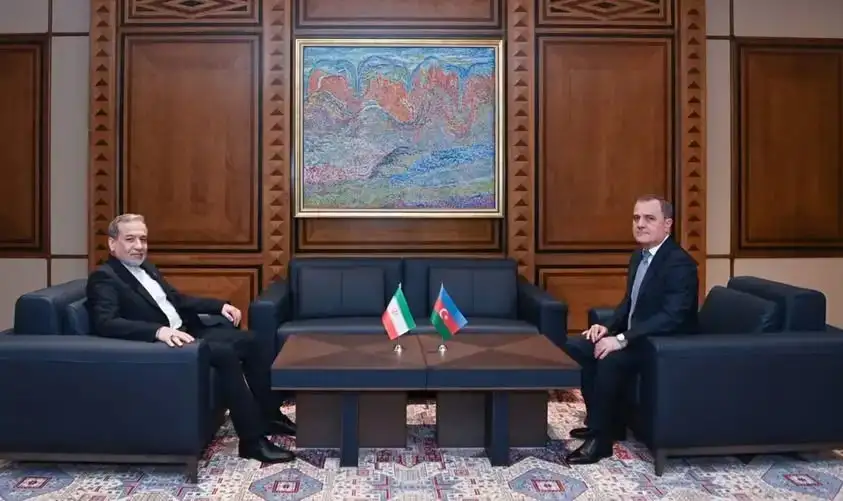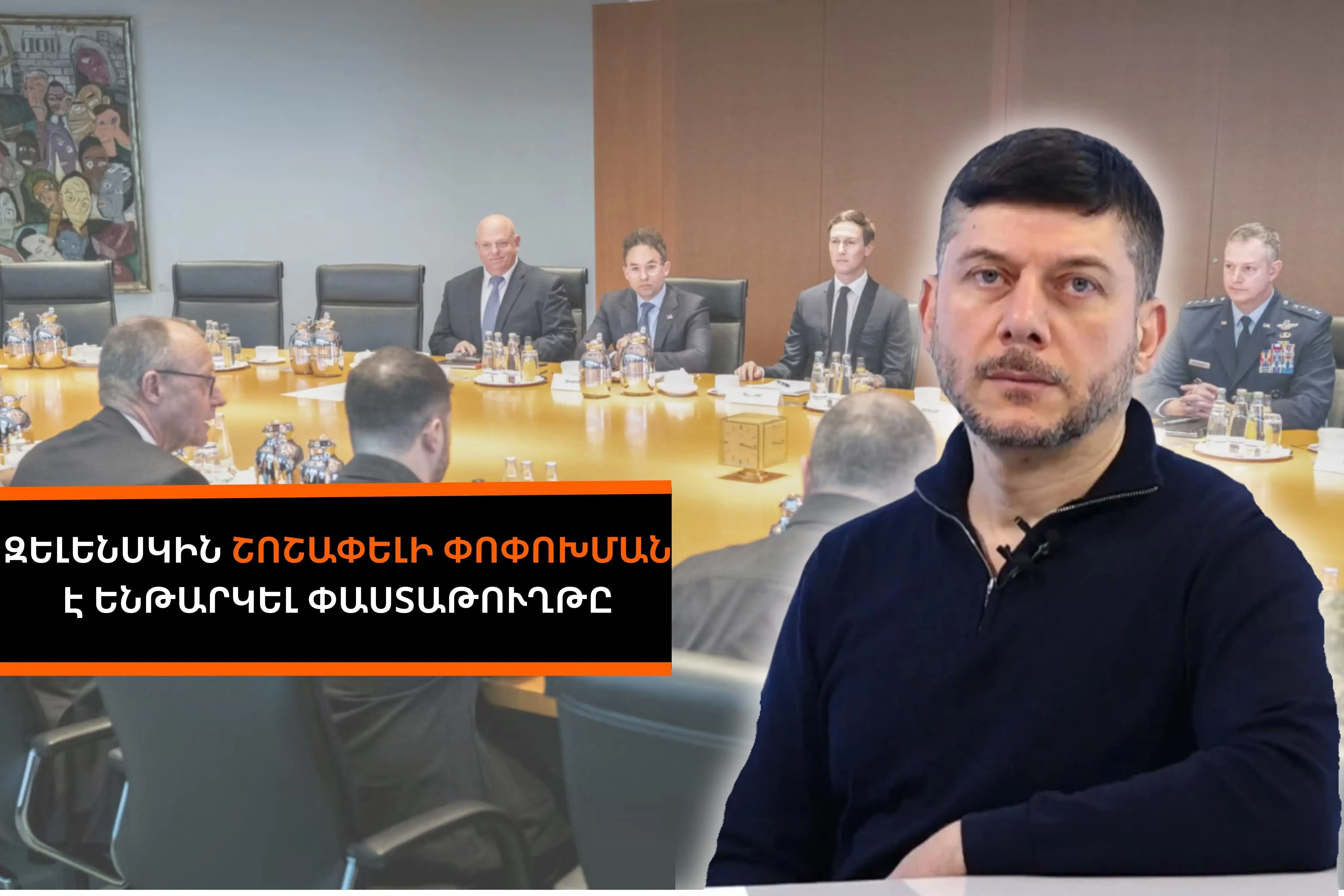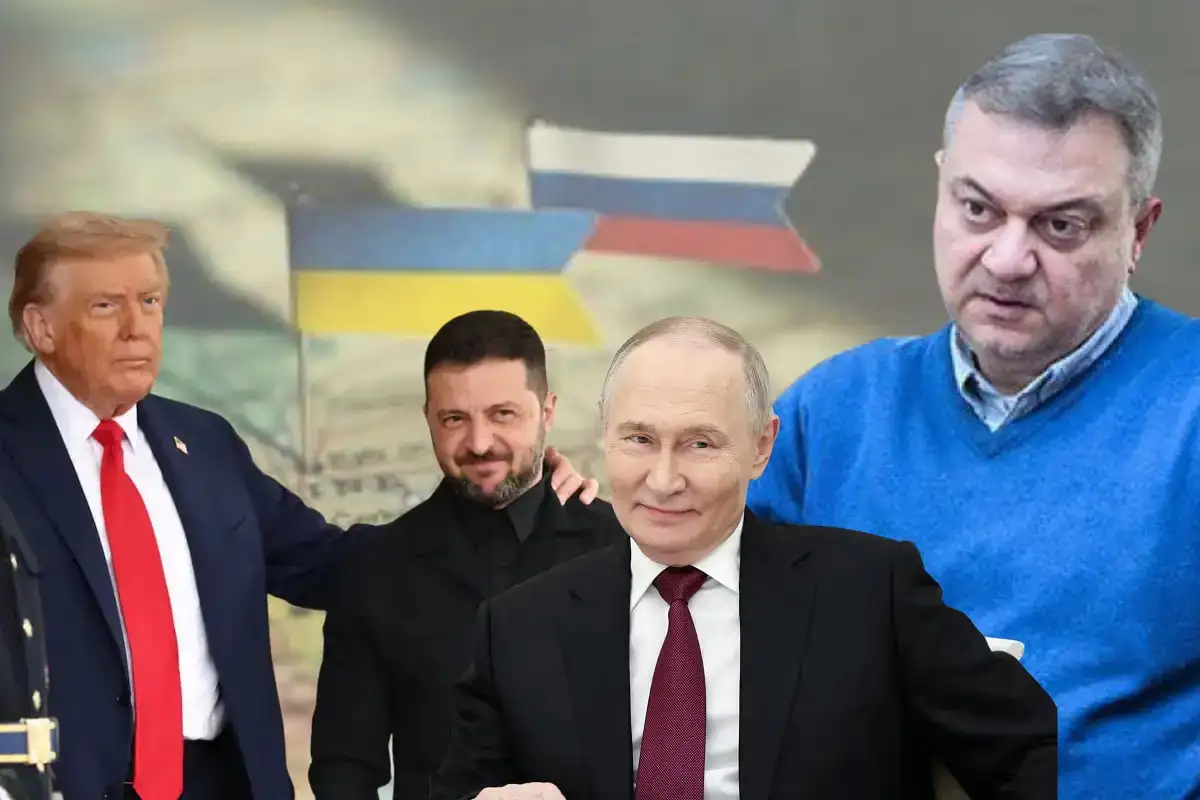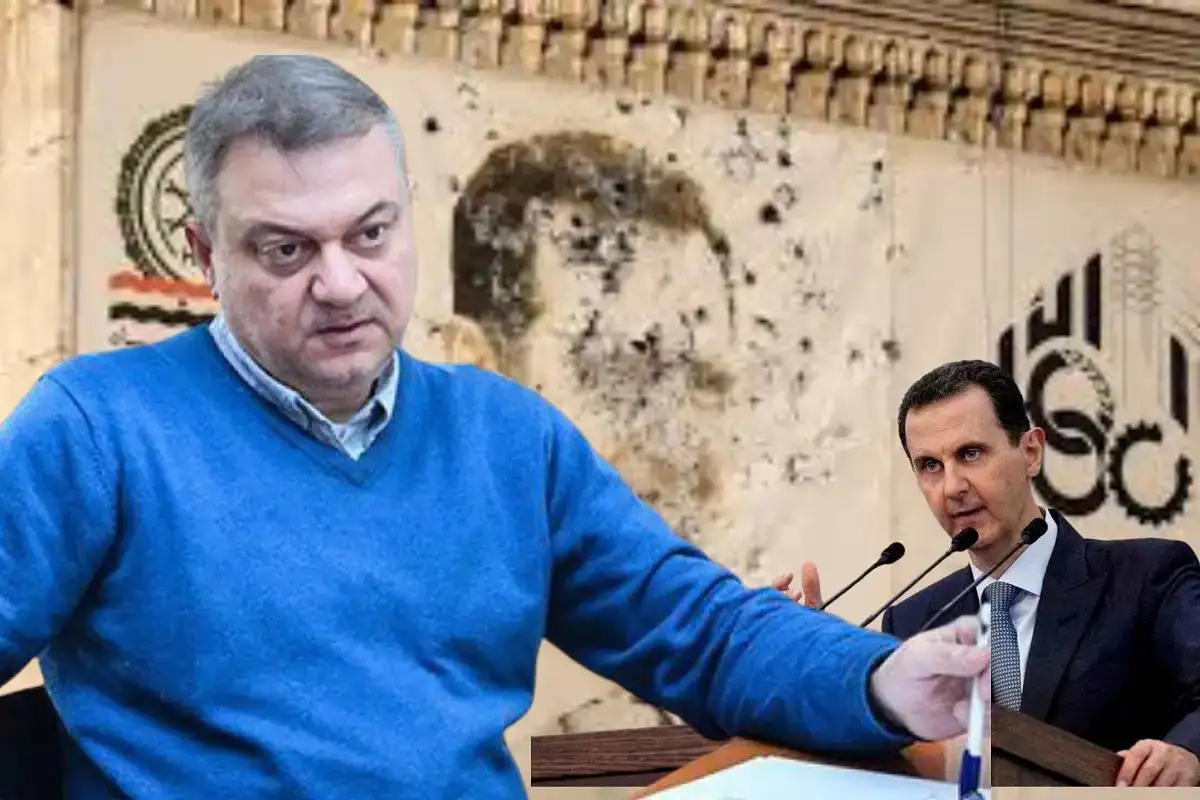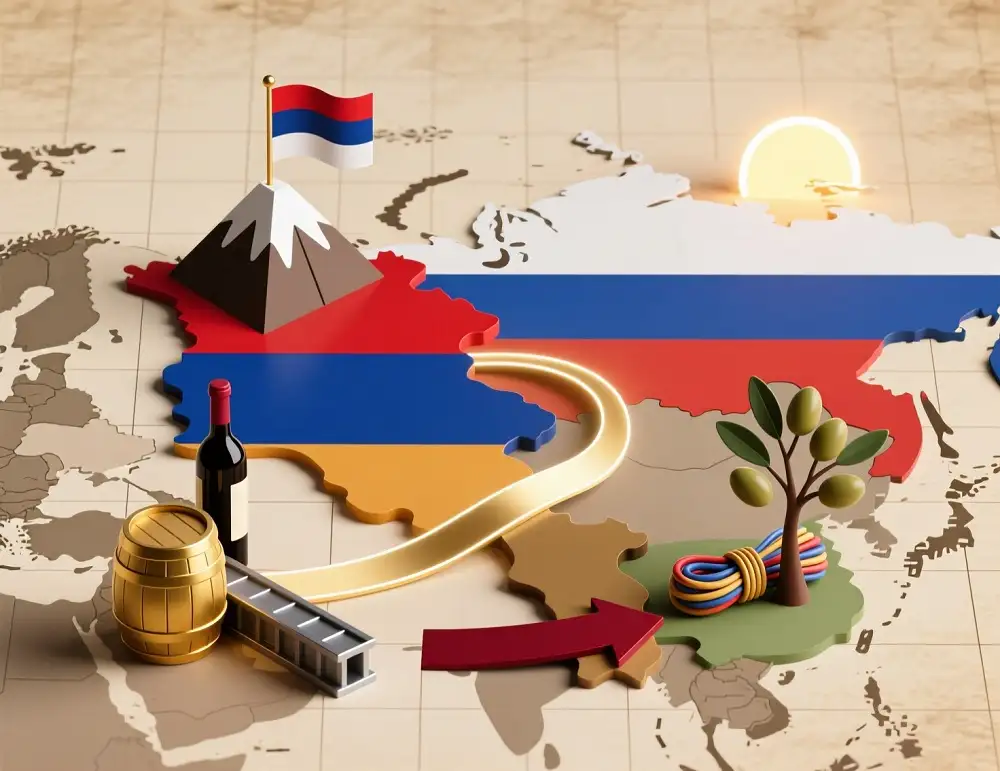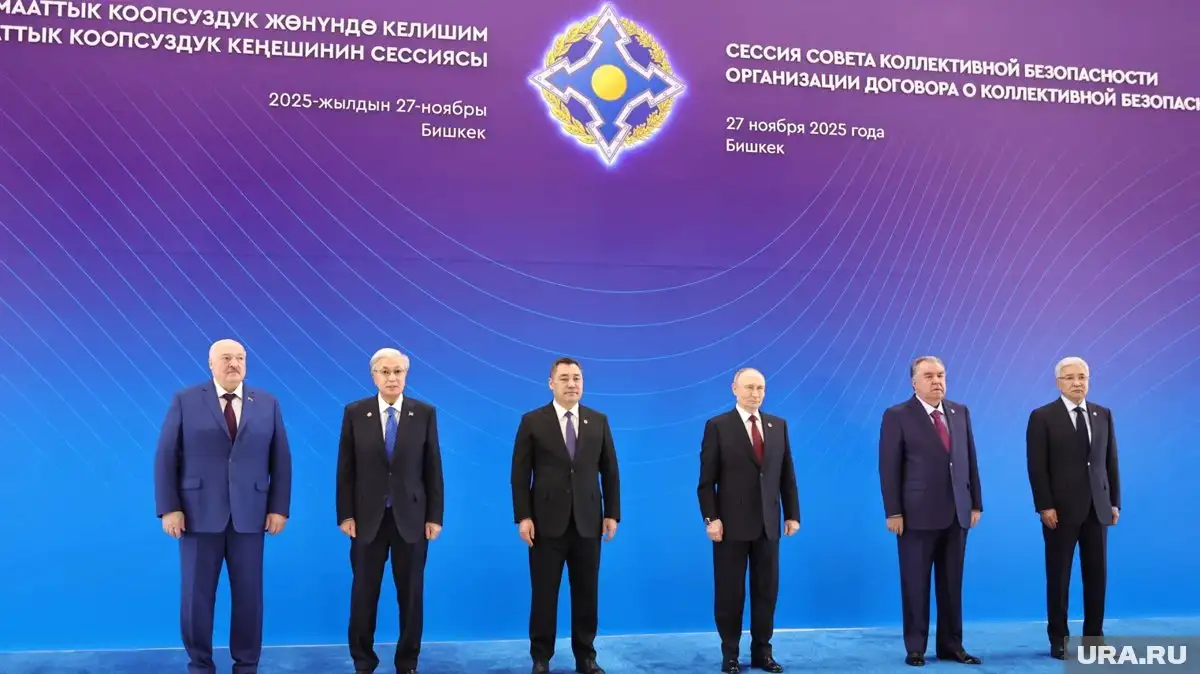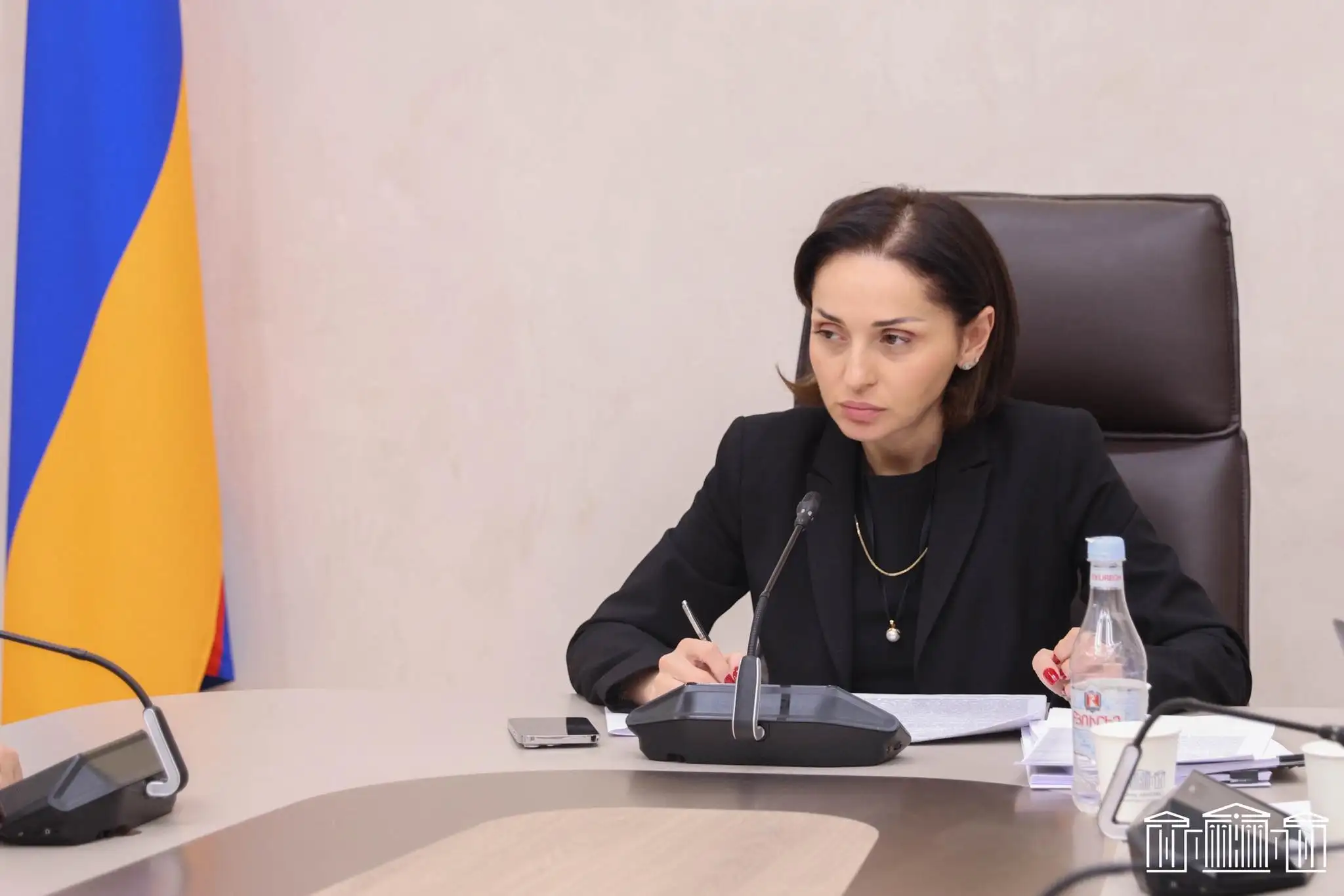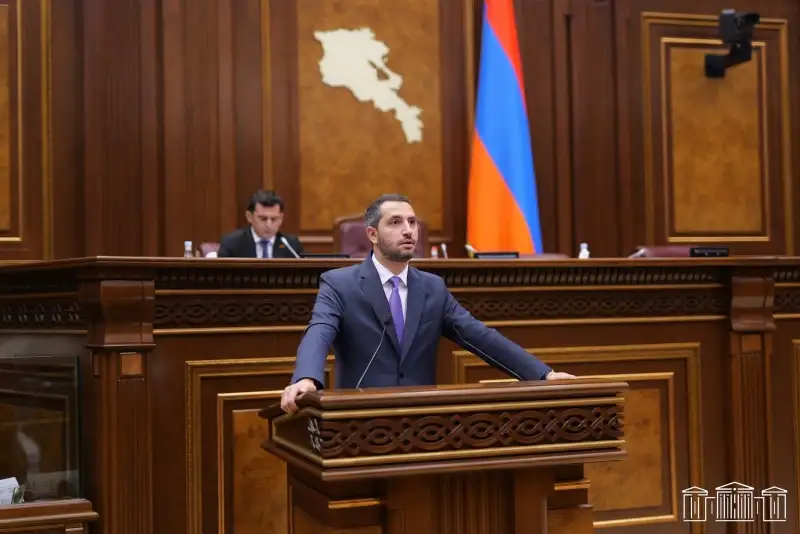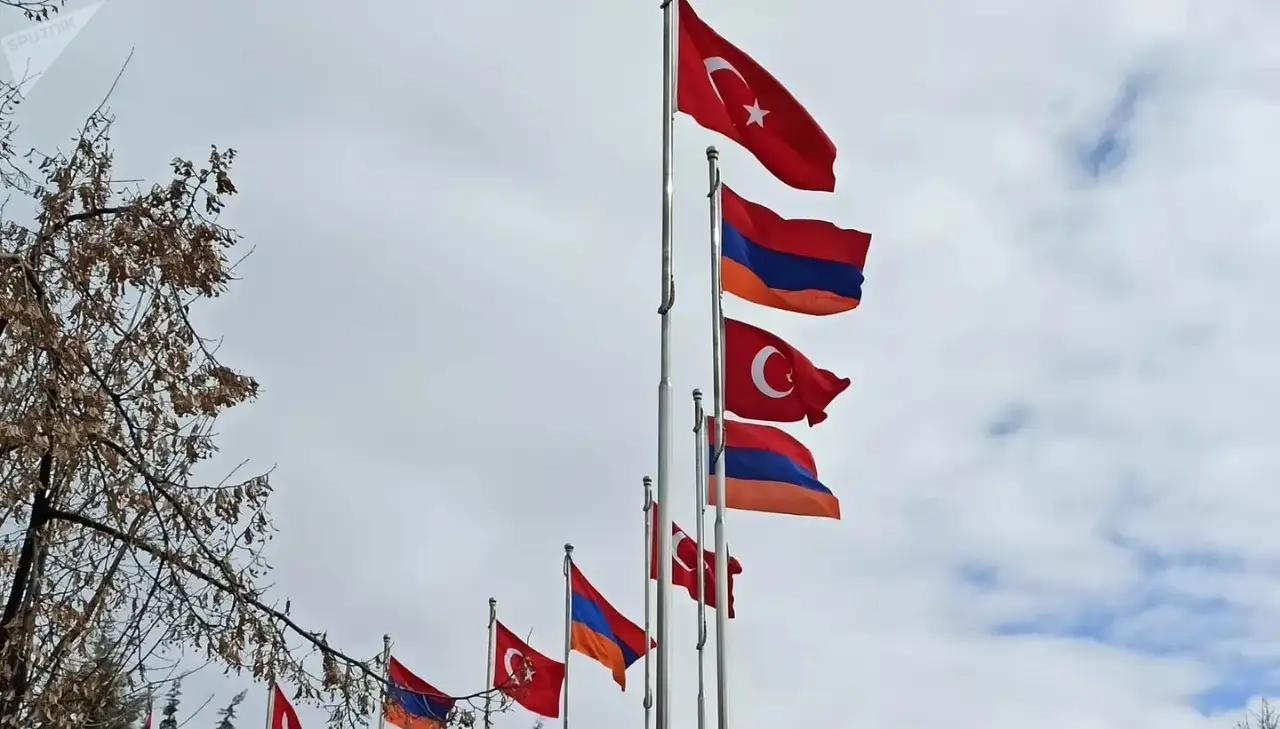Russian President Vladimir Putin and Iranian President Masoud Pezeshkian signed a comprehensive strategic agreement in Moscow on January 17. Moscow and Tehran consider the signing of this document, which will be valid for 20 years, a significant historical and political achievement.
Symbolic feature
Notably, the agreement was signed in Moscow on the eve of the inauguration of the newly elected US President Donald Trump. In this way, Moscow and Tehran emphasize their readiness to jointly confront the challenges that the new US President has suggested for both countries in his initial messages and demonstrate that they are not afraid of the prospect of a possible deepening of the confrontation with the West.
In other words, in this case, the essential thing is signing the agreement itself as a public political demonstration, not its content. Despite the sonorous title, it is not so much an agreement with a clear description of specific actions as a declaration, which only indicates the main targets of cooperation.
Before this, the two countries agreed on fundamental relations and principles of cooperation between the Russian Federation and the Islamic Republic of Iran, signed in Moscow in 2001, which was extended every 5 years after its expiration. The next one was to expire in 2026. Taking into account the new geopolitical realities, Tehran and Moscow, having moved forward a little, have updated the central legal platform of the already existing bilateral relations, bringing them into line with their current common interests and challenges and giving them a strategic cover. As a result, if the previous agreement consisted of 18 articles, then the new deal consisted of 47 articles.
Security key
Despite the more than threefold increase in articles, most concern cooperation in the humanitarian, scientific, technical, educational, and cultural spheres, without any specifics.
The principal, more or less definite articles or provisions demonstrating the fundamental goals of signing this document relate to the economic and security spheres.
Cooperation in the defense sector itself implies the exchange of military and expert delegations, mutual visits, training of military personnel, exchange of cadets and instructors, participation in international defense exhibitions organized by them, joint sports competitions, cultural and other events, joint maritime assistance and rescue operations, the fight against piracy and armed robbery at sea, participation in joint military exercises on the territory of the parties and beyond. No point in this document could relate to the mutual supply of weapons, the joint conduct of military operations in Russia and Iran or the territories beyond them, or military-technical cooperation in general.
It cannot be ruled out that the parties have hidden the actual strategic agreements in this area, the legal and contractual foundations of which have been left in the shadows. This is evidenced by the provisions in the agreement that "the contracting parties shall carry out the preparation and implementation of relevant agreements within the framework of the working group on military cooperation. " Secondly, the parties confirm their commitment to "develop military-technical cooperation, based on the relevant agreements between them ..."
The real political value or one of the primary keys of the agreement is the disclosure and proclamation of the accords of Moscow and Tehran not to act against each other in the fight against security threats and to circumvent economic sanctions. The parties agree that "if one of the contracting parties is subjected to aggression, the other party will not provide the aggressor with any military or other assistance that will contribute to the continuation of aggression ..." and also "shall not allow the use of their territories in support of separatist movements and other actions that threaten the stability and territorial integrity of the other party, as well as to support hostile actions against each other." It should be assumed that these commitments relate to the occupation of the Kursk territories in the context of Russian interests, to the possible American-Israeli military aggression in the context of Iranian interests, and to external attempts to artificially generate separatist sentiments by compact Azerbaijani ethnic units within the country.
The parties emphasized cooperation in circumventing economic sanctions and weakening their impact in four points of Article 9 of the agreement, which concern jointly counteracting the "application of unilateral coercive measures" against them by outside parties, refraining from joining in the application of such measures, and "reducing, eliminating or mitigating the risks or their direct and indirect impact" in the event of the application of unilateral coercive measures by a third party. "to implement practical efforts aimed at mitigating" the risks. Suppose we add to this the agreement on "creating a modern payment infrastructure independent of third countries, transitioning to bilateral settlements in national currencies, and developing cooperation in strengthening direct interbank cooperation." In that case, the picture may become more complete.
Considering the meticulousness and detail with which the parties to the agreement confronted these two challenges, the main strategic significance is concentrated precisely on this.
Armenia's "shadow"
No matter how declarative, this agreement signed in Moscow in terms of content, especially in three points, directly affects Armenia's interests.
First, the signing of the agreement followed the signing of the Charter of Strategic Partnership between the United States and Armenia in Washington this month. Outwardly, these two events have no direct connection with each other. However, it cannot be ruled out that one of Washington's motivations for signing such a document with Armenia may have been Washington's prior knowledge of the signing of a similar document between Russia and Iran, most likely including agreements to deepen energy, trade, and economic ties, and circumvent international sanctions. If so, the US is trying to turn Armenia's regional factor into a counterweight to this Russia-Iran axis.
In this regard, it is noteworthy that in the Moscow agreement, Iran and Russia clearly emphasized their commitment not to allow "third party" involvement in the regions in their zone of interest. In particular, Article 12 of the document stipulates: "The contracting parties will contribute to the strengthening of peace and security in the Caspian region, Central Asia, Transcaucasia, and the Middle East, will cooperate to prevent interference in the mentioned regions, the destabilizing presence of third states there and will exchange views on the situation in other countries."
First, the mention of Transcaucasia in that series is already telling. It must be assumed that the reference to "the situation in another country" refers to Armenia itself or also to Armenia. During the press conference following the signing of the agreement in Moscow, Iranian President Pezeshkian specifically focused on this issue. He emphasized that regional countries should govern the region; outsiders do not need to come and disrupt the region and impose their policies. He expressed confidence that relations and cooperation between Iran and Russia will thwart foreign plans. In this sense, the agreement completes all the links in the chain against the regional involvement of the EU and the US through Armenia, which, naturally, complicates Yerevan's problems in relations with Moscow and, especially, Tehran.
Secondly, the agreement requires Moscow and Tehran to actively cooperate in developing international transport corridors passing through the territory of the Russian Federation and the Islamic Republic of Iran, particularly the North-South International Transport Corridor. This corridor is considered a "means of uninterrupted transportation along transport corridors."
Moscow and Tehran are building the "North-South" international transport corridor, particularly its western "tributary" through Azerbaijan. The three countries signed a declaration on this in September 2022 and are increasing the volume of road freight transportation through this corridor year after year. Although the Russian-Iranian agreement does not add anything new in this regard, it politically emphasizes its strategic importance for both. This reality is in direct contrast to the "Crossroads of Peace" regional transport project proposed by the Armenian government. It makes the interests of Iran, Russia, and Azerbaijan problematic to get involved in it. This perspective becomes even more vague, especially when the US expressed direct political support for the "Crossroads of Peace" project in the strategic partnership charter signed with Armenia. Most likely, Tehran and Moscow will see another attempt by the US and the global West to "pry their noses" into the region.
Third, the document also emphasizes the desire to deepen economic ties between the Eurasian Economic Union and Iran. On May 17, 2018, during the Astana Economic Forum, as a result of the active preparatory work of the Armenian side, a temporary agreement on the establishment of a free trade zone was signed between the EAEU countries and Iran, and at the session of the Supreme Eurasian Economic Council held in December 2024, a decision was made to grant Iran the status of an EAEU observer country. Suppose a full-fledged free trade agreement between the EAEU and Iran comes into effect shortly. In that case, Armenia can assume the role of a significant trade and land transport communication link between the EAEU and Iran. In this sense, this provision reflected in the RF-Iran strategic agreement stems from the economic and political interests of the Republic of Armenia as long as Yerevan does not objectively raise the issue of the expediency of continuing membership in the EAEU.
Gor Abrahamyan




